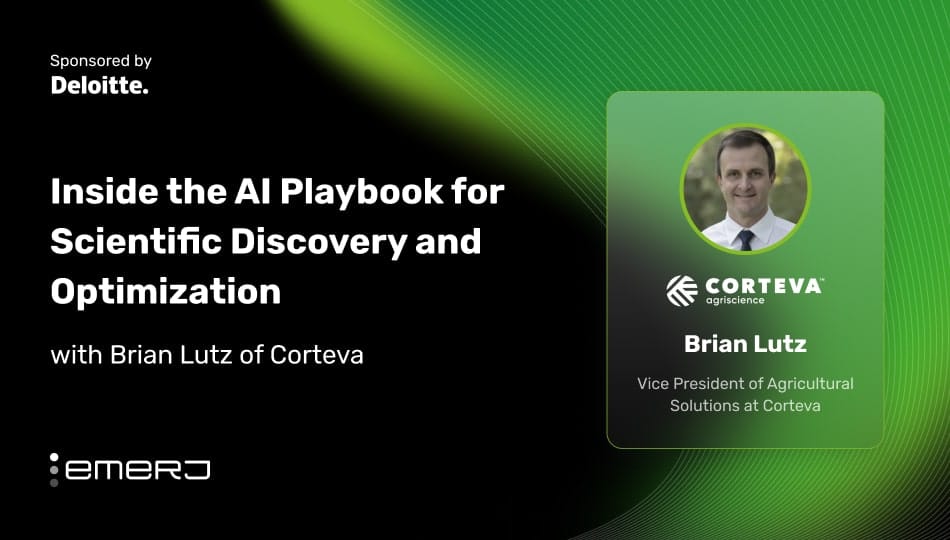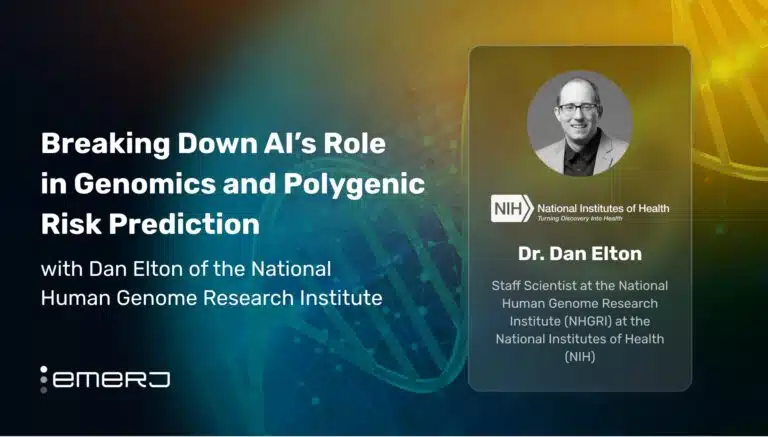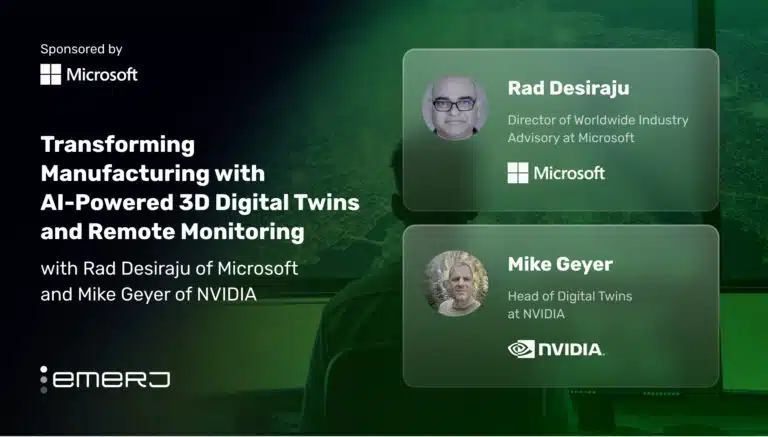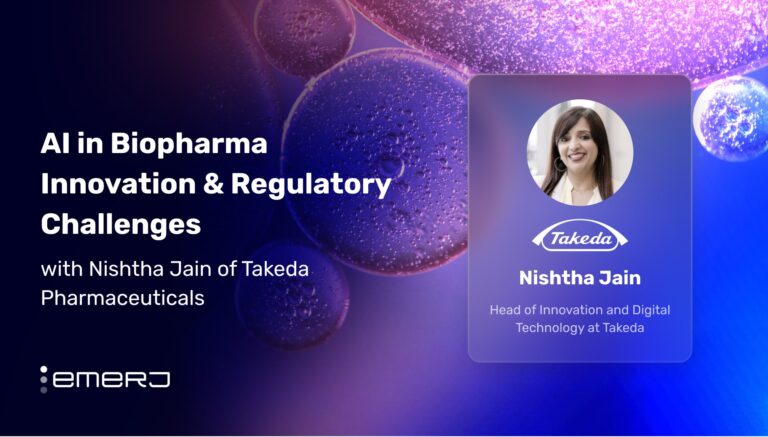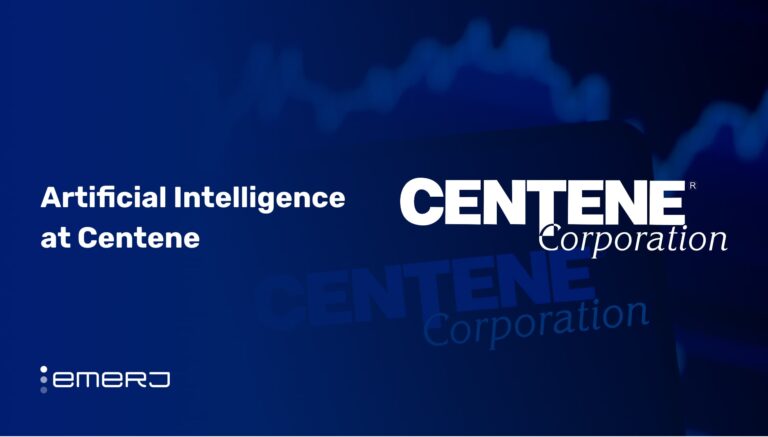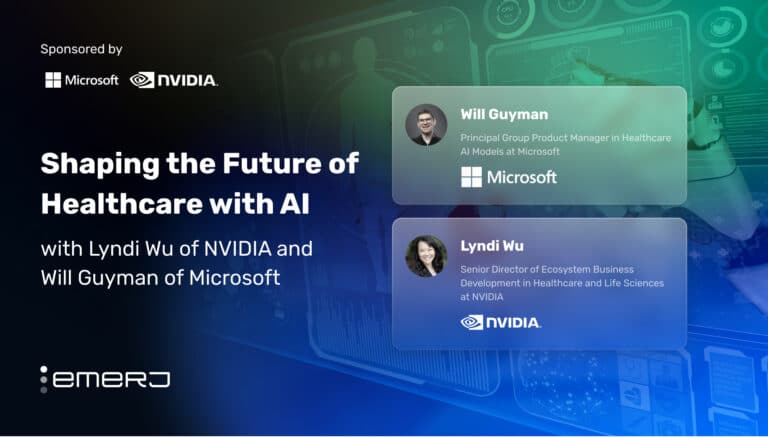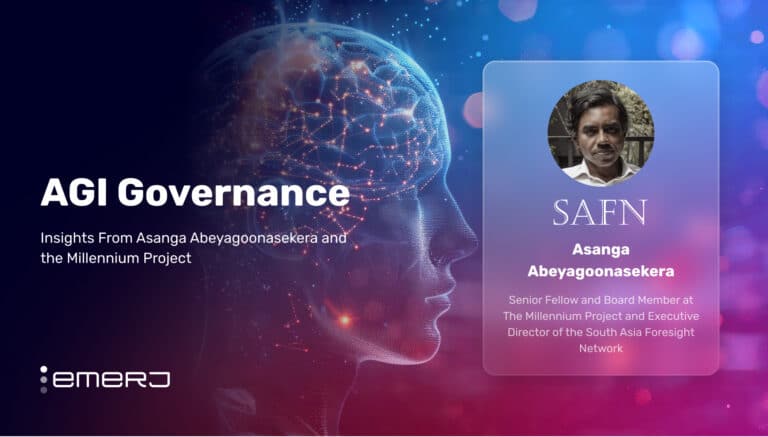This interview analysis is sponsored by Deloitte and was written, edited, and published in alignment with our Emerj sponsored content guidelines. Learn more about our thought leadership and content creation services on our Emerj Media Services page.
Agriscience companies are under increasing pressure to develop safer, more effective, and environmentally responsible products at scale, without compromising speed or quality.
USDA Economic Research Service analysis projects that, under medium population growth, global crop calorie production must increase by 47 percent to feed 9.75 billion people in 2050 compared to a 2011 baseline. Under high population growth, a 61 percent increase would be needed to feed 10.8 billion people.
AI is significantly advancing crop production by enabling more innovative and more efficient agricultural practices. According to a research paper published in the National Library of Medicine, intelligent irrigation systems powered by AI and Internet of Things (IoT) technologies ensure precise and optimal watering, resulting in greater water savings and healthier crops.
Machine learning models in crop monitoring and breeding deliver high accuracy in identifying traits that lead to higher yields and more resilient plants. The paper also explains that the systems support the timely identification of plant diseases, sometimes achieving detection accuracy rates above 95%, which helps reduce crop loss and improve productivity.
Emerj Editorial Director Matthew DeMello recently had a conversation with Brian Lutz, Vice President of Agricultural Solutions at Corteva Agriscience, to discuss how integrating different types of AI models, especially those used to analyze genetic and protein data, is transforming biological discovery and product development at Corteva.
Their conversation highlights that AI in life sciences is not theoretical. It delivers real, validated breakthroughs faster and more cost-effectively than traditional R&D methods, marking a shift from experimentation to proven impact.
This article breaks down two actionable insights from their conversation:
- Breaking silos to accelerate discovery: Uncovering novel, high-impact molecules by bringing together diverse chemical, academic, patent, and agricultural data to navigate vast chemical spaces.
- Accelerating life science innovation by combining AI capabilities: Bringing together different AI models to allow faster and more effective discovery of proteins and molecules.
- Integrating complementary AI models to drive real-world impact: Combining transformer, diffusion, and domain-specific models to unlock faster, more accurate, and scalable innovation in life sciences.
Listen to the full audio below:
Guest: Brian Lutz, Vice President of Agricultural Solutions, Corteva Agriscience
Expertise: Leadership, Strategy, Business Development
Brief Recognition: Brian is accountable for leading the development of cutting-edge products and services at Corteva Agriscience. He oversees a large and diverse organization of technology experts, managing resource investments, budgets, and strategic direction. He holds a PhD in Biogeochemistry from Duke University and a BA in Biology from the College of Wooster.
Breaking Silos to Accelerate Discovery
Brain opens the conversation by mentioning that the real value of AI lies in the novelty and impact of what can be discovered and achieved. He acknowledges that AI is transforming many aspects of business from customer interactions to operational efficiency. Still, he emphasizes that in the life sciences, discovery is fundamentally different from just optimizing operations.
To illustrate, he compares the estimated number of grains of sand on Earth, approximately 10^18, to the estimated number of biologically relevant molecules that could become crop protection products or pharmaceuticals, around 10^60. These extremities in scale, he says, demonstrate the immense potential for discovery in the life sciences.
He describes the challenge as navigating an incredibly vast chemical space to identify safe, effective molecules.
Brian says one of the exciting aspects of AI in discovery is its ability to break down silos across companies or industry segments, thanks to the generalizability of these models. He highlights Corteva’s work with partners at Beloit on the Atlas platform as a prime example.
While the platform was initially trained for the pharma industry, it becomes even more powerful when large volumes of chemical data are brought together:
“The reality is that when you bring together large volumes of chemical data — spanning academic literature, patent literature, and multiple data modalities — and begin building knowledge graphs across those sources, you unlock entirely new discovery potential.
When we add our agricultural data to that platform, it enables us to search across the broader chemical space and identify unique molecules we likely wouldn’t have found otherwise. As a result, we’re moving beyond focusing on a handful of individual use cases. We’re now able to combine data across the entire corpus of chemical knowledge to accelerate discovery for our business.”
– Brian Lutz, Vice President of Agricultural Solutions at Corteva Agriscience
Integrating Complementary AI Models to Drive Real-World Impact
Brian says that while AI has made profound advances from traditional analytical approaches to generative and transformer-based models, there’s no single silver bullet. The real impact, he emphasizes, comes from integrating all these capabilities. He highlights the value of large language models, especially those designed for natural language processing, enabling interaction, reasoning, and idea iteration in human language.
However, for Corteva, there’s a critical application in a different corner of the LLM space: using transformer models not to process words, but to process sequences of DNA and model protein structure. Brian points to AlphaFold, which was awarded the Nobel Prize for its impact, as an example.
Understanding protein structures is essential for Corteva’s work, whether it’s optimizing proteins in seeds or identifying molecules that interact with those proteins for crop protection:
“Historically, determining the structure of a single protein in the lab could take months and cost tens of thousands of dollars — or more. Today, we can model the structure of every protein in an entire genome within hours. Individual proteins can be modeled in just a few seconds, at a cost of only pennies.
Once we have those structures, we can apply diffusion models and other analytical tools to explore vast chemical libraries and identify which molecules are most likely to interact with those proteins in the ways we need. Those interactions form the basis for our next generation of products.”
– Brian Lutz, Vice President of Agricultural Solutions at Corteva Agriscience
Brian explains that complexity theory, which is often overlooked, lies at the core of the new generation of large transformer models. In natural language processing, he says, these models take strings of words and extract embedded ideas.
However, beyond that, users can now organize multiple ideas into complex arguments and even generate entirely new narratives, such as writing a book.
He draws a parallel between these same underlying principles and their application in biology and chemistry. For instance, when applied to genomes, the models can distinguish between genes and intergenic regions and analyze how genes are organized within chromosomes, much like chapters are organized in a book. In this way, the models translate the “language” of biology into biological function.
Brian emphasizes that these are emergent patterns, just like thoughts from text, enabled by the models’ ability to understand relationships and complexity, not just narrow context. That, he says, is the power of complexity theory in action.


